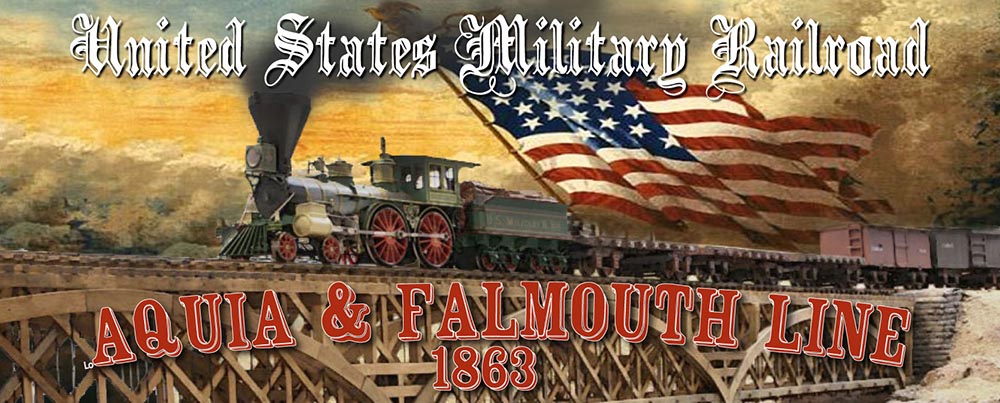Last Saturday a group of O scale modelers visited the house to see the Aquia Line. Yes, the Aquia Line finally got some love.
The O scale group is an informal association of people that model in O scale or are interested in O Scale. They are largely from the Middle Atlantic area. The guests included Gary Eames, Eugene J. and Carolyn Nash and their son Gene, Jr. (who was dressed in a Union Overcoat), Ted Rabusseau, John Sethian, Terry Terrance, Karen and Jim Kinder and their daughter (she didn't record her mane), Doug Gurin, Nick Kalis, and Rick Wright. John Barry helped out by running trains for the visitors. Alicia and my mom helped out with snacks. Not everyone signed in so I may have missed a few guests. If you want to be listed be let me know.
Later Brad Trencamp stopped by to pick up some etchings and we fired up PoLA for a few minutes.
On Sunday I proceeded to lay the track on the wharf. Yes, eight years into the project tracks are finally on the wharf.
Instead of two turnouts on the wharf, I decided to build a double slip switch. I used Alkem Scale Models photoecthed switch stands for this. I designed the etchings to allow the stands to be used in double slip and three-way switches, but this is the first time I used them in such as application. This will be a good test.
| Track spacing for the float is very tight as seen by the three side-by-side cars in the photo |
I decided to space the tracks on the wharf at double the normal spacing.
This was due to the close spacing of cars on the car float. If the tracks were close enough to serve adjacent spots on the float, the gap between the cars would be very small, too small for operator fingers. By gapping the tracks this way, operators can get their fingers around the cars without trouble. I can change it back if I decide it doesn't look right after cogitating on it a while.
As of Monday morning, I decided after checking prototype photos to move the tracks closer together. I don't have any photos of the transfer bridge at Aquia, so I will probably replicate the design that the USMRR used in Alexandria, but for two tracks instead of three. There are photos two other examples of USMRR transfer bridges I have seen. Both of those are one track transfers, but the wharf at Aquia Landing definitely had two tracks.

No comments:
Post a Comment